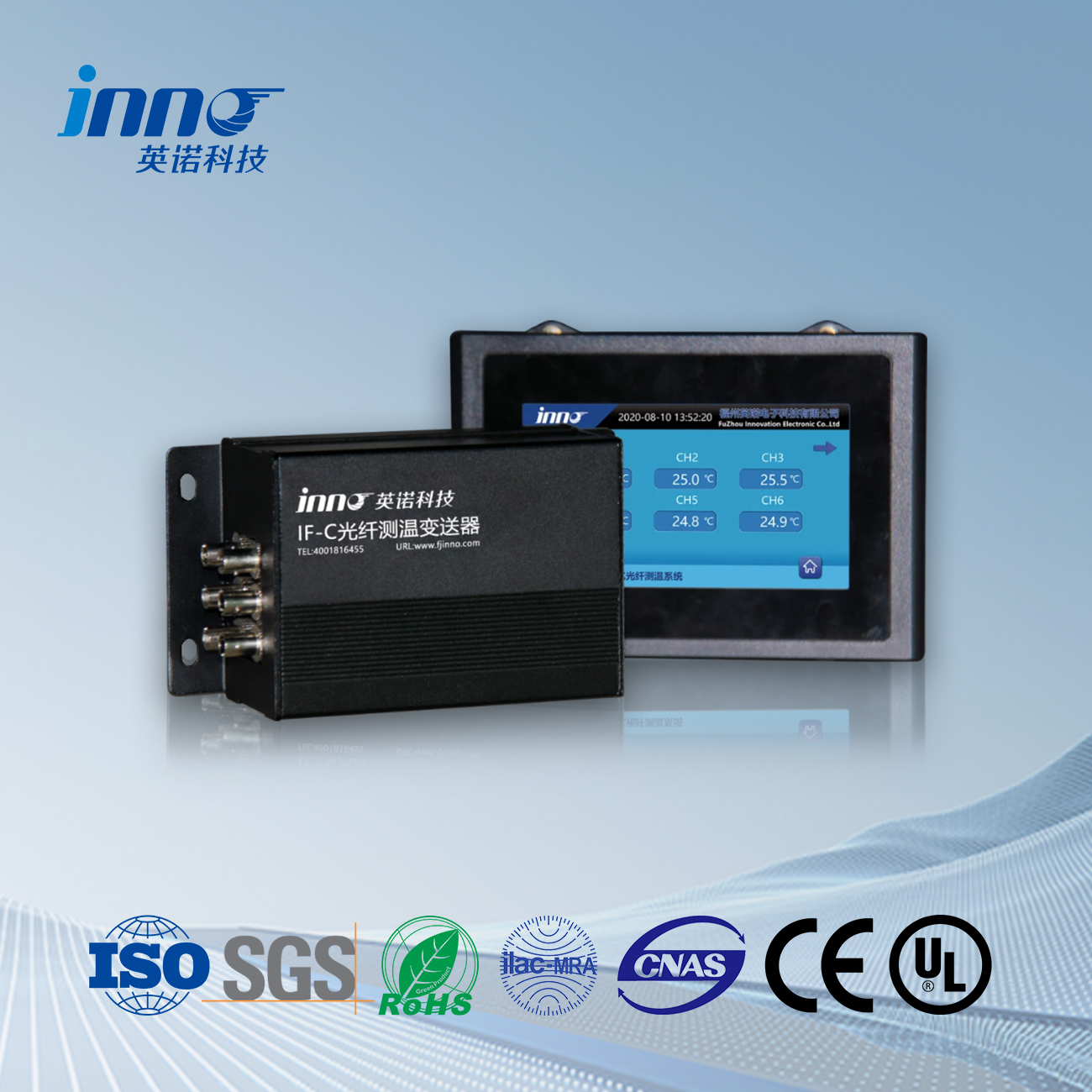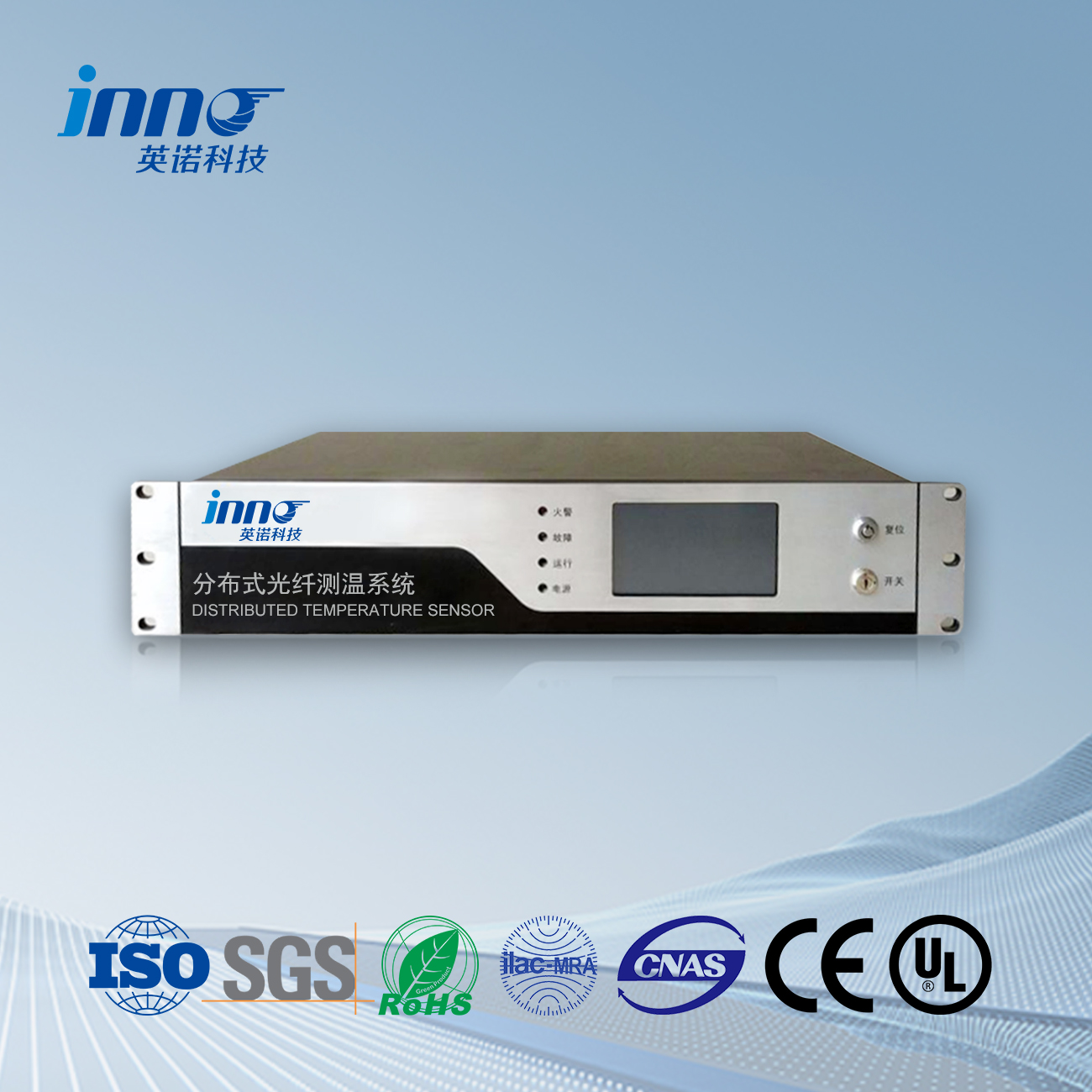Tank transformers, also known as oil-filled transformers or oil-immersed transformers, are essential electrical equipment used in power transmission and distribution systems. These transformers utilize mineral oil as both a cooling medium and electrical insulation, housed within a sealed steel tank structure.
What is a Tank Transformer?
A tank transformer is a type of power transformer where the core and windings are completely immersed in insulating oil and enclosed within a robust steel tank. The oil serves multiple critical functions: electrical insulation, heat dissipation, and protection of internal components from environmental factors such as moisture and contaminants.
The term “tank” refers to the sealed metal enclosure that contains the transformer’s active parts, including the magnetic core, primary and secondary windings, and the insulating oil. This design has been the industry standard for large power transformers for over a century due to its proven reliability and excellent thermal management capabilities.
Key Components of Tank Transformers
Primary Components
1. Steel Tank Structure
- Material: High-grade steel with corrosion-resistant coating
- Design: Sealed construction to prevent oil leakage and contamination
- Function: Houses all internal components and provides mechanical protection
- Features: Expansion chambers, pressure relief devices, and mounting brackets
2. Transformer Core
- Material: Silicon steel laminations
- Construction: Grain-oriented electrical steel for reduced losses
- Design: Core-type or shell-type configuration
- Function: Provides magnetic flux path for energy transfer
3. Windings
- Primary Winding: Connected to the input voltage source
- Secondary Winding: Delivers transformed voltage to the load
- Material: Copper or aluminum conductors
- Insulation: Paper insulation impregnated with oil
4. Insulating Oil
- Type: Mineral oil (most common) or synthetic alternatives
- Functions: Electrical insulation and heat transfer
- Properties: High dielectric strength, thermal stability
- Maintenance: Regular testing and filtration required
Auxiliary Components
1. Cooling System
- Natural Cooling: Oil natural air natural (ONAN)
- Forced Cooling: Oil natural air forced (ONAF)
- Water Cooling: Oil water (OW) for high-power applications
- Radiators: External heat exchangers for better cooling
2. Monitoring and Protection Equipment
- Temperature Indicators: Oil and winding temperature measurement
- Pressure Relief Devices: Prevent tank rupture from internal pressure
- Gas Relay (Buchholz Relay): Detects internal faults and gas formation
- Oil Level Indicators: Monitor oil level in the tank
Operating Principles
Electromagnetic Induction
Tank transformers operate on the principle of electromagnetic induction. When alternating current flows through the primary winding, it creates a changing magnetic field in the core. This magnetic flux links with the secondary winding, inducing a voltage according to Faraday’s law of electromagnetic induction.
Voltage Transformation
The voltage transformation ratio is determined by the turns ratio between primary and secondary windings:
- Step-up Transformer: Secondary voltage > Primary voltage (Ns > Np)
- Step-down Transformer: Secondary voltage < Primary voltage (Ns < Np)
- Isolation Transformer: Secondary voltage = Primary voltage (Ns = Np)
Heat Management
The insulating oil plays a crucial role in heat management through:
- Convection: Oil circulation transfers heat from windings to tank walls
- Conduction: Direct heat transfer through oil medium
- Radiation: Heat dissipation from tank surface to ambient air
Types of Tank Transformers
By Application
1. Power Transformers
- Voltage Range: Above 35 kV
- Power Rating: 10 MVA and above
- Application: Transmission substations
- Features: High efficiency, advanced monitoring systems
2. Distribution Transformers
- Voltage Range: Up to 35 kV
- Power Rating: Up to 10 MVA
- Application: Distribution networks, industrial facilities
- Features: Compact design, cost-effective
3. Instrument Transformers
- Current Transformers (CT): Measure high currents safely
- Voltage Transformers (VT): Measure high voltages safely
- Application: Metering and protection systems
- Features: High accuracy, specialized insulation
By Cooling Method
| Cooling Type | Designation | Description | Application |
|---|---|---|---|
| Oil Natural Air Natural | ONAN | Natural oil circulation, natural air cooling | Small to medium transformers |
| Oil Natural Air Forced | ONAF | Natural oil circulation, forced air cooling | Medium to large transformers |
| Oil Forced Air Forced | OFAF | Forced oil circulation, forced air cooling | Large power transformers |
| Oil Forced Water Forced | OFWF | Forced oil circulation, water cooling | Very large power transformers |
Advantages of Tank Transformers
Technical Advantages
- Excellent Insulation: Oil provides superior dielectric properties
- Effective Cooling: Oil circulation ensures efficient heat dissipation
- High Reliability: Proven technology with decades of service experience
- Self-Healing Properties: Minor insulation breakdowns can self-repair
- Overload Capability: Can handle temporary overloads effectively
Economic Advantages
- Cost-Effective: Lower initial cost compared to dry-type alternatives
- Long Service Life: 30-40 years with proper maintenance
- High Efficiency: Low losses result in energy savings
- Recyclable Components: Oil and steel can be recycled
Operational Advantages
- Wide Temperature Range: Operates efficiently in various climates
- Low Noise Levels: Oil dampens vibrations and noise
- Maintenance Flexibility: Oil can be filtered and regenerated
- Monitoring Capabilities: Oil analysis provides health insights
Disadvantages and Challenges
Environmental Concerns
- Fire Risk: Oil is combustible and requires fire protection systems
- Oil Spills: Potential environmental contamination from leaks
- PCB Issues: Legacy transformers may contain harmful PCBs
- Disposal Challenges: End-of-life oil disposal requires special handling
Maintenance Requirements
- Regular Oil Testing: Periodic analysis of oil condition
- Oil Replacement: Complete oil changes when degraded
- Leak Monitoring: Continuous surveillance for oil leaks
- Specialized Expertise: Requires trained maintenance personnel
Installation Constraints
- Space Requirements: Larger footprint compared to dry-type
- Foundation Needs: Heavy weight requires substantial foundations
- Safety Clearances: Fire safety requires minimum distances
- Environmental Permits: May require special approvals
Monitoring and Condition Assessment
Traditional Monitoring Methods
1. Oil Analysis
- Dissolved Gas Analysis (DGA): Detects internal faults through gas formation
- Acidity Testing: Measures oil degradation level
- Moisture Content: Assesses insulation integrity
- Dielectric Strength: Tests electrical insulation properties
2. ניטור טמפרטורה
- Oil Temperature: Top oil temperature measurement
- Winding Temperature: Hot spot temperature estimation
- Ambient Temperature: Environmental condition monitoring
- Temperature Rise: Load-dependent temperature increase
Advanced Monitoring Systems
Fiber Optic Temperature Monitoring
FJINNO’s cutting-edge fiber optic temperature sensors represent the future of transformer monitoring, offering:
- Unparalleled Accuracy: ±0.1°C measurement precision
- Electromagnetic Immunity: Complete immunity to electrical interference
- Intrinsic Safety: Safe operation in hazardous environments
- Multi-point Monitoring: Over 500 measurement points on single network
- Real-time Data: Continuous temperature profiling
- Long Service Life: Over 20 years maintenance-free operation
Online Monitoring Systems
- Continuous DGA: Real-time gas concentration monitoring
- Partial Discharge Detection: Early fault detection capability
- Vibration Monitoring: Mechanical condition assessment
- Load Monitoring: Current and voltage measurement
Maintenance and Service
Preventive Maintenance
Regular Inspections
- Visual Inspection: Check for oil leaks, corrosion, and damage
- Oil Level Monitoring: Ensure proper oil levels
- Cooling System Check: Verify fan and pump operation
- Protection System Testing: Test all protection devices
Periodic Testing
- Insulation Resistance: Measure winding insulation quality
- Turns Ratio Testing: Verify voltage transformation accuracy
- Power Factor Testing: Assess insulation condition
- Impedance Testing: Check short-circuit impedance
Corrective Maintenance
Oil Treatment
- Oil Filtration: Remove particles and moisture
- Oil Regeneration: Restore oil properties chemically
- Oil Replacement: Complete oil change when necessary
- Vacuum Treatment: Remove dissolved gases and moisture
Component Replacement
- Gasket Replacement: Prevent oil leakage
- Cooling System Repair: Fix fans, pumps, and radiators
- Protection Device Calibration: Ensure proper operation
- Bushing Maintenance: Clean and test high-voltage bushings
Applications and Industries
Power Generation
- Power Plants: Step-up transformers for generation
- Renewable Energy: Wind and solar farm connections
- Hydroelectric Plants: Generator transformers
- Nuclear Facilities: High-reliability applications
Transmission and Distribution
- Substations: Voltage transformation at all levels
- Grid Interconnections: System interconnection points
- Distribution Networks: Local distribution systems
- Railway Systems: Traction power supply
Industrial Applications
- Steel Mills: High-power industrial processes
- Chemical Plants: Process power supply
- Mining Operations: Remote power distribution
- Data Centers: Critical power infrastructure
Commercial and Institutional
- Hospitals: Critical power systems
- Universities: Campus power distribution
- Shopping Centers: Commercial power supply
- Office Buildings: Building electrical systems
Safety Considerations
Fire Safety
Fire Prevention Measures: Tank transformers require comprehensive fire protection due to the combustible nature of insulating oil.
Fire Protection Systems
- Oil Containment: Bunds and drainage systems
- Fire Suppression: Water spray or foam systems
- גילוי אש: Heat and smoke detection systems
- Fire Barriers: Walls and screens to prevent spread
Electrical Safety
- Grounding Systems: Proper earthing of all metal parts
- Clearance Requirements: Minimum safe distances
- Lockout/Tagout: Energy isolation procedures
- Personal Protective Equipment: Arc flash protection
Environmental Safety
- Spill Prevention: Secondary containment systems
- Oil Monitoring: Leak detection systems
- Emergency Response: Spill response procedures
- Regulatory Compliance: Environmental permits and monitoring
Future Trends and Innovations
Digital Transformation
- IoT Integration: Internet of Things connectivity
- Big Data Analytics: Advanced data processing
- Machine Learning: Predictive maintenance algorithms
- Cloud Computing: Remote monitoring and analysis
Advanced Materials
- Biodegradable Oils: Environmentally friendly alternatives
- Nanofluid Insulation: Enhanced cooling properties
- Advanced Steel Alloys: Improved magnetic properties
- Composite Materials: Lightweight tank construction
Smart Grid Integration
- Load Tap Changers: Automatic voltage regulation
- Communications Integration: Grid communication protocols
- Fault Location: Precise fault identification
- Grid Optimization: Dynamic operation optimization
מסקנה
Tank transformers remain the backbone of modern electrical power systems, providing reliable and efficient voltage transformation for over a century. With advancing technologies like FJINNO’s fiber optic monitoring systems, these transformers are becoming smarter, safer, and more efficient. Understanding their design, operation, and maintenance requirements is crucial for engineers, technicians, and facility managers working with electrical power systems.
The future of tank transformers lies in digital integration, advanced monitoring systems, and environmentally sustainable designs. As power grids become more complex and demanding, tank transformers will continue to evolve while maintaining their fundamental role in electrical energy distribution.
חיישן טמפרטורה בסיב אופטי, מערכת ניטור חכמה, יצרנית סיבים אופטיים מבוזרת בסין
 |
 |
 |
 חיישני טמפרטורה של סיבים אופטיים INNO ,מערכות ניטור טמפרטורה.
חיישני טמפרטורה של סיבים אופטיים INNO ,מערכות ניטור טמפרטורה.
